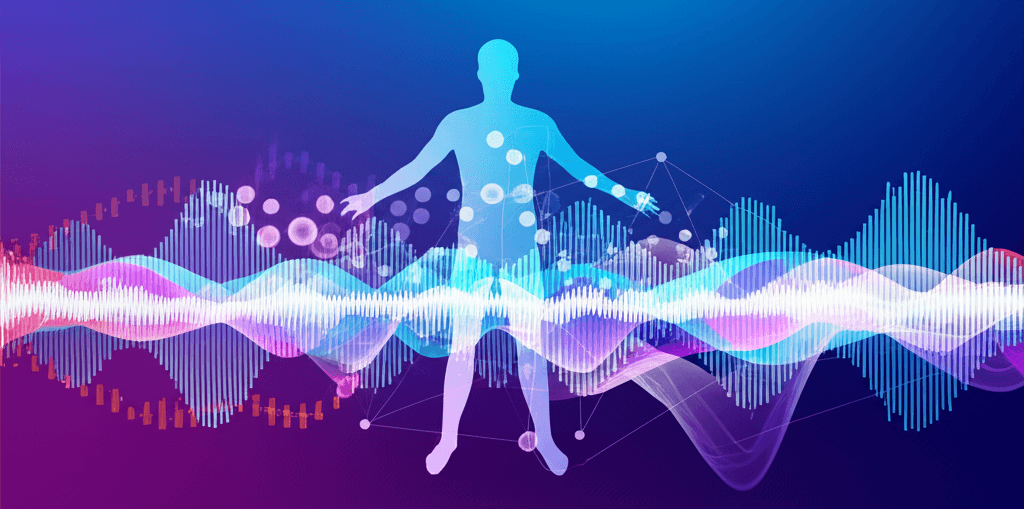Google's Open-Source AI Unlocks Live Interactive Music Creation
Google's new open-source AI empowers artists with real-time, interactive tools for live music creation and performance.
June 21, 2025

Google has announced the release of Magenta RealTime, an open-source artificial intelligence model designed for the interactive creation and performance of music.[1][2] This development from Google's Magenta project, a research initiative exploring machine learning's role in the creative process, aims to put sophisticated music generation tools into the hands of artists, developers, and enthusiasts, enabling them to shape and control music in the moment.[3][4] The model is presented as a research preview and is the open-weights counterpart to Lyria RealTime, the technology behind Google's Music FX DJ and the real-time music API in Google AI Studio.[1][4] By making Magenta RealTime openly available, Google is fostering a community of innovation, inviting users to build new tools, create unique artistic experiences, and push the boundaries of live generative music.[1][5]
At its core, Magenta RealTime is an 800-million parameter autoregressive transformer model.[1][4] It was trained on a massive dataset of approximately 190,000 hours of stock music, which was predominantly instrumental.[1][4] This training allows the model to understand and generate a wide range of musical patterns and styles. The architecture of Magenta RealTime is an adaptation of the MusicLM architecture, specifically engineered to overcome the challenges of live music generation, which demands real-time generation, causal streaming, and low-latency controllability.[1] The model achieves this through a process called block autoregression, generating a continuous stream of music in two-second chunks.[1][6] Each new chunk is conditioned on the previous ten seconds of audio, ensuring a coherent musical flow.[1][7][8] This technical approach allows the model to generate two seconds of high-fidelity stereo audio at 48kHz in just 1.25 seconds on a free-tier Colab TPU, achieving a real-time factor of 1.6.[1][6]
The true innovation of Magenta RealTime lies in its interactive capabilities.[1][2] Users can steer the musical output in real time by manipulating a style embedding, which can be influenced by text prompts or audio examples.[1][9] This allows for the dynamic blending of different styles, instruments, and musical attributes as the music is playing.[1][6] The latency for these control changes is tied to the chunk size, which can be adjusted to enhance responsiveness.[1] This opens up a new paradigm for musical performance and exploration, shifting the focus from the final product to the creative process itself.[10] The model's ability to traverse the latent space of multi-instrumental audio allows for the discovery of novel sounds and textures by exploring the sonic landscapes between genres or even between a user's own audio samples.[1] This real-time interactivity can be viewed as a form of performance in itself, akin to a DJ set or an improvisational session.[1][11]
The release of Magenta RealTime as an open-weights model has significant implications for the AI and music industries.[1][5] By making the model's code available on GitHub under an Apache 2.0 license and the weights available on Hugging Face and Google Cloud Storage under a Creative Commons license, Google is democratizing access to powerful AI music tools.[9][4][7] The model is designed to eventually run on consumer hardware, which would further broaden its accessibility.[1][4] This move is expected to empower developers to create a new wave of applications, from interactive art installations and video game soundtracks to novel performance interfaces.[1][9][11] However, the release also comes with known limitations. The model's training data was primarily composed of Western instrumental music, resulting in less comprehensive coverage of global musical traditions and vocal performances.[9][7] While it can generate non-lexical vocal sounds, it is not designed to generate lyrics.[9][7]
In conclusion, the launch of Magenta RealTime marks a significant step forward in the evolution of AI-powered music creation. It moves beyond offline generation to a world of live, interactive performance, placing a powerful new instrument in the hands of creators. The open-source nature of the project promises to accelerate innovation in this space, though the long-term impact will depend on how the creative community embraces and builds upon this technology. As Google continues to refine this and future models with higher quality, lower latency, and greater interactivity, the line between human and AI-assisted musical expression is set to become increasingly blurred, heralding a new era of collaborative creativity.[1][12]